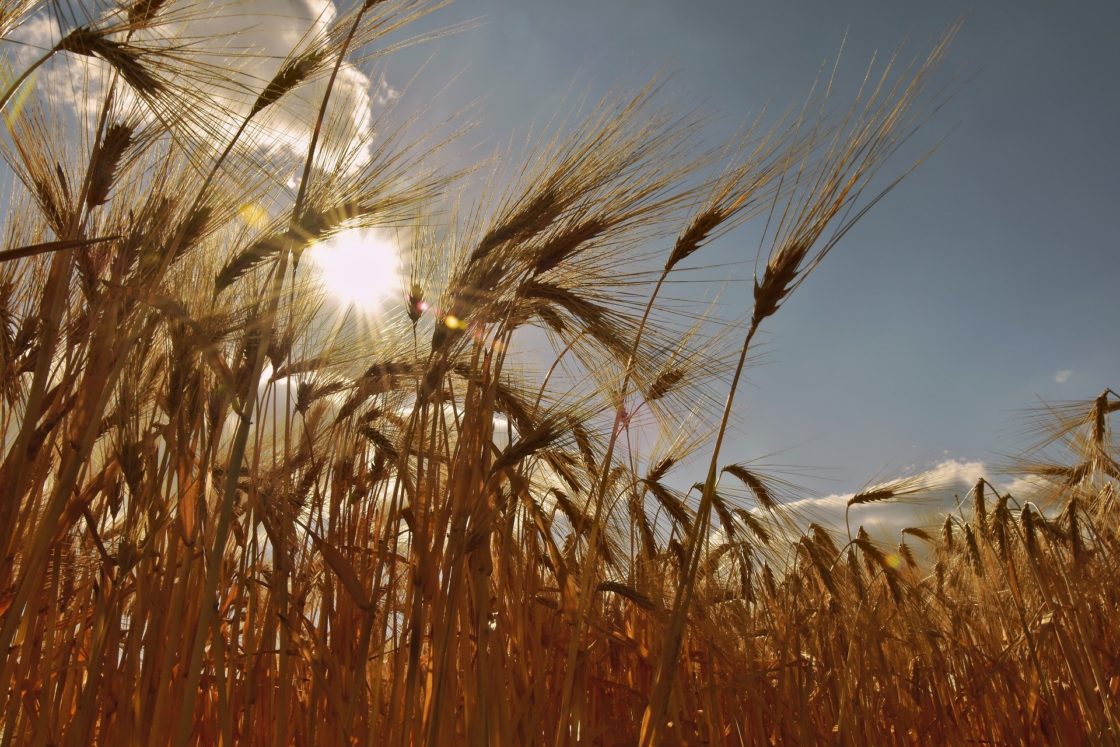Asahi Beer has announced their plans to make whisky using Barley of Hope in Miyagi prefecture’s Higashimatsushima city. It’s part of the relief efforts to restore the vitality of the area in response to 2011’s Tohoku Earthquake.
Being located on the Pacific coast in Tohoku, Higashimatsushima City was hit hard by that earthquake in 2011. Over 1000 people lost their lives, and about two-thirds of the city was inundated by the tsunami, resulting in the destruction of a staggering 11,000 structures.Given the loss of life and destruction, relief efforts continue even a decade after the earthquake. In 2013, Asahi Beer launched a medium-to-long term relief effort of the area, and came into contact with an organization called Higashimatsushima Organization for Progress, Education, and Energy (HOPE). Speaking with locals in the area, one of their foremost concerns was how to make use of the land that became vacant due to the tsunami. A beer company has an easy answer for that: grow barley.
Over the years, Asahi Beer has steadily increased the scale of the project in terms of acreage, and thus barley yield. In 2020, 19 hectares yielded a whopping 150 tons of barley.
Up until now, Asahi Beer had commercialized only beers using this barley. Their first, in 2016, was released via their Sumidagawa Brewing craft beer brand, dubbed “Barley of Hope Ale.”
Now that the yields are much higher, Asahi is looking beyond beer. In June of this year, they plan to malt the barley via Asahi’s in-house malting operation. Then, in 2022, distillation will kick off at Nikka Whisky’s Sendai Factory, better known as Miyagikyo.
How many bottles? Assuming you can fill about 400L of whisky from a ton of malt, I’d expect about at least 80,000 bottles at 750ml. And that’s at cask-strength!
Barley needs farmers and intermediaries to process the harvest, and Asahi wants to support the local economy in this manner. I’d argue that, given the popularity of Japanese whisky, this can do a lot more for the local economy of Higashimatsushima than beer. Ideally, it would have some kind of premium attached to it. This is exactly what Asahi did with their Asahi Beer release using barley from the project: 1 yen per can was donated to the relief efforts.
Moving away from CSR, from a whisky perspective, an “All Sendai” whisky from Nikka will be a big, big deal. And probably carry a big, big price tag. It’s an increasingly common approach to use all-local ingredients in Japanese craft whisky, but we’ve not yet seen anything from the big boys.
With distillation in 2022 and Asahi Beer’s long-term outlook, I don’t expect to see bottles of Barley of Hope Whisky(?) until several years from now. But it will be a major step for Higashimatsushima City when it happens.
Hi there! I created and run nomunication.jp. I’ve lived in Tokyo since 2008, and I am a certified Shochu Kikisake-shi/Shochu Sommelier (焼酎唎酒師), Cocktail Professor (カクテル検定1級), and I hold Whisky Kentei Levels 3 and JW (ウイスキー検定3級・JW級). I also sit on the Executive Committees for the Tokyo Whisky & Spirits Competition and Japanese Whisky Day. Click here for more details about me and this site. Kampai!

